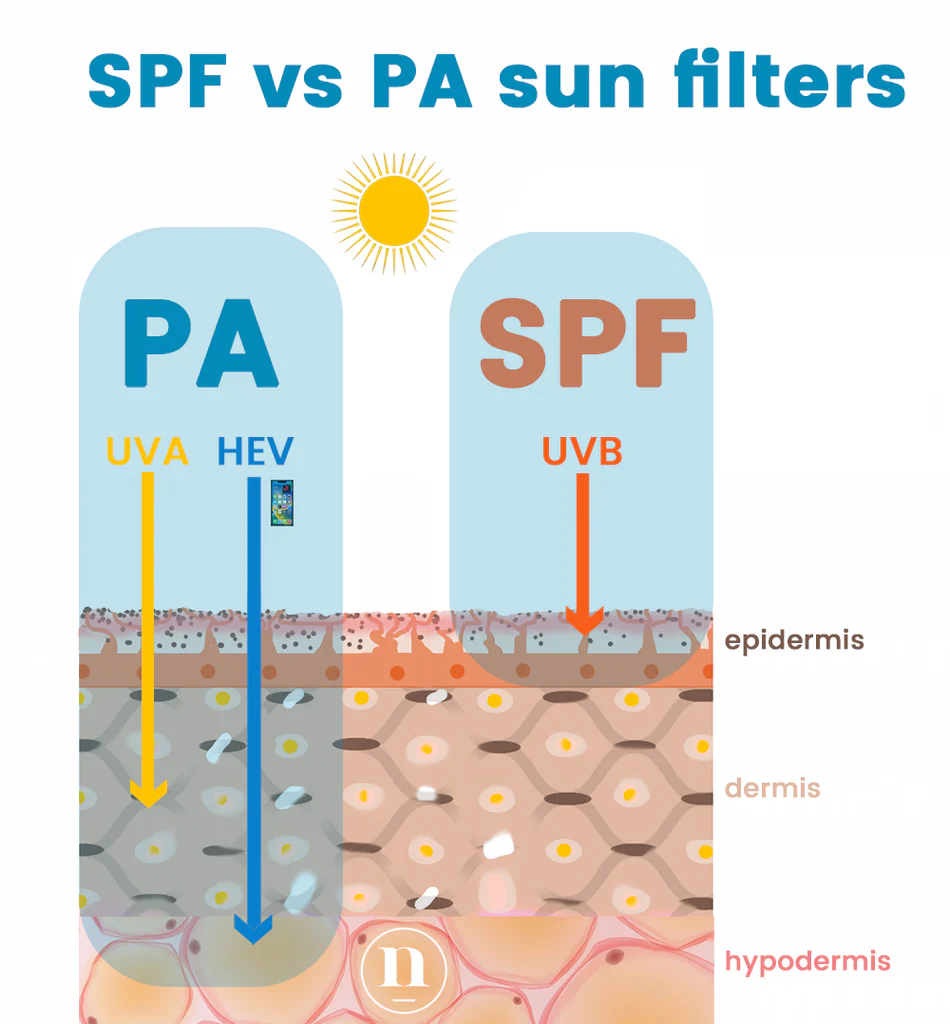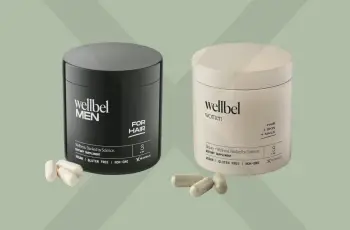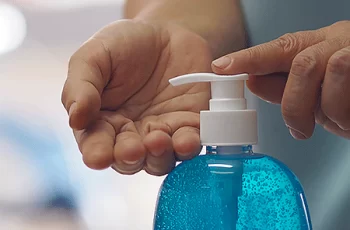
Can you use salicylic acid wart remover for acne?
Salicylic acid is one of the most common ingredients in many home wart treatments. It works to remove warts from your skin by removing layers of dead skin that may have accumulated. These deposits only encourage the infection to persist and even worsen over time. You’ll also find that with daily use, not only will the warts disappear faster, but the skin around the infection will also look healthier.
The question is whether you can use an anti-wart formula to treat acne, as salicylic acid is a popular ingredient in skin care products for people who are prone to acne and blemishes. Even though the product contains salicylic acid, we wondered if it’s a good idea to use on your face. So, let’s start investigating and learn more about whether you can use salicylic acid wart remover for acne.
If you want to learn more about salicylic acid as a skin care ingredient and all of its benefits, read our dedicated blog post.
Can you use wart remover for acne?
No, it’s not a good idea. While anti-acne skin care products often contain salicylic acid, you should use wart remover products on your face. The percentage of BHA in these formulas is extremely high, which can cause the already effective ingredient to become too strong for the skin. This often causes it to become highly irritating, causing discomfort, itching, and redness. You will also notice that the pimples you applied to do not improve, and more pimples may even appear next to them. This is because salicylic acid is so irritating to the skin that it strips it of all its oils, which in turn causes the skin to produce too much oil, which in turn triggers a vicious cycle of more pimples.
Can I use a wart remover on my face?
Yes, you can, but only if it is designed for facial use. The salicylic acid content must be appropriate for facial skin, otherwise there will be many adverse side effects.
There are different types of warts, and here are some of the most common examples.
Common warts – These usually appear on areas such as the hands, elbows, and knees.
Flat warts – These types of warts appear on the face, especially on the forehead.
Plantar warts – These grow on the soles of the feet.
Subungual warts and periungual warts – These two types of warts appear under the toenails and fingernails.
Genital warts – These warts are known to occur in the genital area, including the pubic and thigh areas.
As you can see, there are different types of warts, each requiring a unique treatment, from the type of product used to the percentage of salicylic acid applied to the skin.
Can salicylic acid remove warts on the face?
No, it is considered best to avoid salicylic acid, which was not originally designed to treat warts on the face. This is because salicylic acid formulas are generally too weak to penetrate the wart root and require a higher potency to effectively exfoliate the skin. Two-thirds of warts tend to go away on their own, which is the easiest way for many people to deal with the infection, but it can take more than a year to clear from the skin. Be sure to keep the area clean, avoid touching the wart too often, and always wash your hands after your skin care routine.
If you are concerned about warts and want to know the best way to treat them quickly and effectively, you should consult your doctor or dermatologist to find the best wart treatment products.
How to Remove Warts on the Face?
Compared to other warts, warts on the face are notoriously difficult to treat. As I mentioned before, many people prefer to let the wart go away on its own, but this can take up to a year, and sometimes even longer, to completely disappear from the face. Leaving the warts to heal on their own also puts you at risk for spreading the infection to other areas of your face, as the virus can spread simply by touching the infected area.
There are some home remedies you can use to treat warts on your face, but be careful: if you find that the warts are located near the eye area, do not self-medicate and seek help from your doctor.
Here are some examples of home remedies you can try if you have your doctor’s permission.
Garlic Extract – Garlic contains allicin, a compound known for its antiviral properties. Many people use garlic as a quick treatment for warts by placing crushed cloves on the affected area, wrapping it with a bandage, and leaving it on the skin overnight. Garlic can cause chemical burns to the skin. Therefore, if you notice that the garlic starts to itch or your skin burns or stings, remove the garlic and wash the area with clean water.
Lemon Juice – Lemon juice is rich in citric acid, which kills bacteria and viruses instantly. However, do not apply pure lemon juice to your skin, as it can cause extreme irritation. Instead, dilute one part lemon juice with two parts water. While this is a very effective way to remove flat warts from the skin, which usually form on the face, they may take a while to disappear.
As I mentioned before, avoid using these home remedies unless you have discussed them with your doctor or dermatologist.
For many people with wart infections, seeking medical help is considered the best way to remove the warts. Here are some of the most common methods used by medical professionals.
Cryotherapy – This requires a doctor to inject or use nitrogen gas into the wart. This freezes the virus and the wart will eventually fall off, but it will require multiple treatments over a 2-3 week period.
Cantharidin – This is a highly effective blistering agent that increases the risk of chemical burns to the skin. This can be very painful, but is an effective way to treat the infection. Once cantharidin is applied to the wart, it forms blisters on the surface of the area, allowing the doctor to completely remove the infection.
Electrosurgery and curettage – These procedures can be used alone or in combination to cauterize the wart and scrape out the virus.
Surgical excision – This procedure is used to treat linear warts that protrude from the skin and can cause discomfort in daily life. This should only be performed by a doctor or medically trained professional.
Here are some examples of medical and home treatments for warts We hope you found this blog post informative today, and if you have any further questions, feel free to reach out to us on Instagram where you’ll find one of our skincare experts in a direct message!


